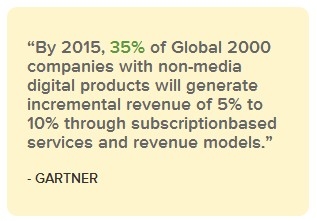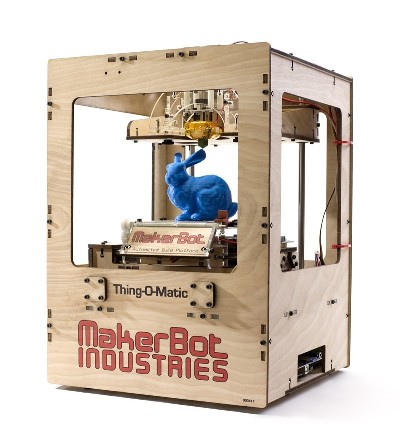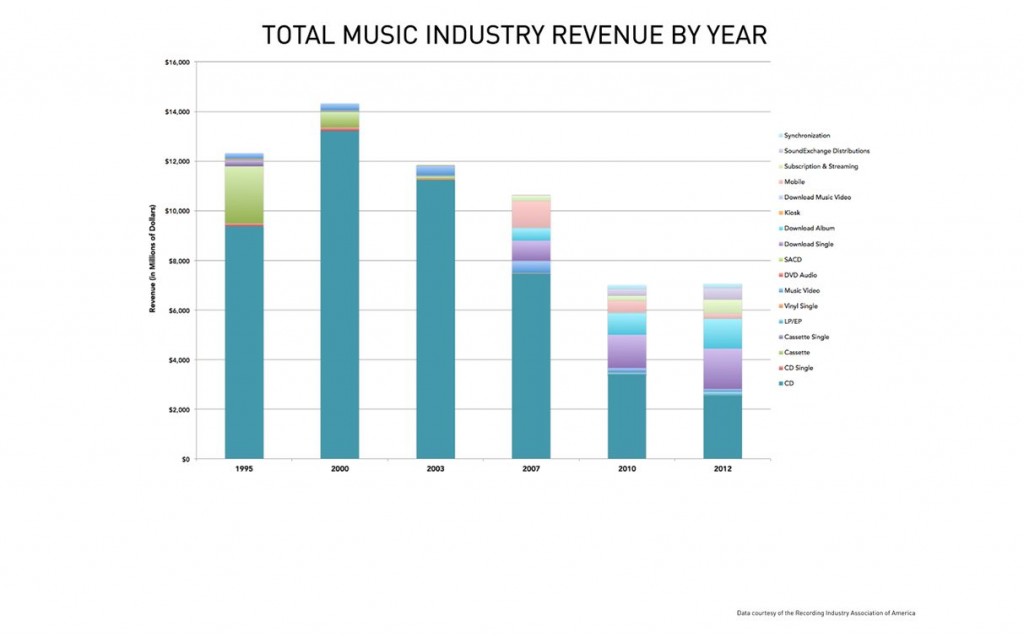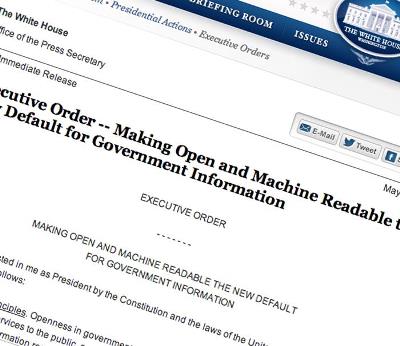There is a new news broadcasting outlet that becomes ever more successful lately (and I am hooked to their daily emails I receive through subscription): Quartz (qz.com).
 The development of this brand and the associated business model is explained in detail in these two excellent blog posts by Frederic Filloux (link to post 1 and link to post 2). What I retain from this detailed explanation is that
The development of this brand and the associated business model is explained in detail in these two excellent blog posts by Frederic Filloux (link to post 1 and link to post 2). What I retain from this detailed explanation is that
- Journalists are professional journalists drawn from established newsrooms
- Yet, journalists are asked to provide the full content including all the links and pictures, exactly like if they were independent bloggers (and the website works on the basis of a blogging tool)
- Revenue is provided by a specific advertisement strategy with few high value ads, which makes it free and profitable at the same time
- the platform is designed for sharing and spreading the word
This is clearly the future of information business: high value content with specific angles on the current news that can’t be found anywhere else and a deep socialization of interaction with readers.
Traditional news outlets must be scared to death!

 flat fee to access an unlimited library of content,
flat fee to access an unlimited library of content,








